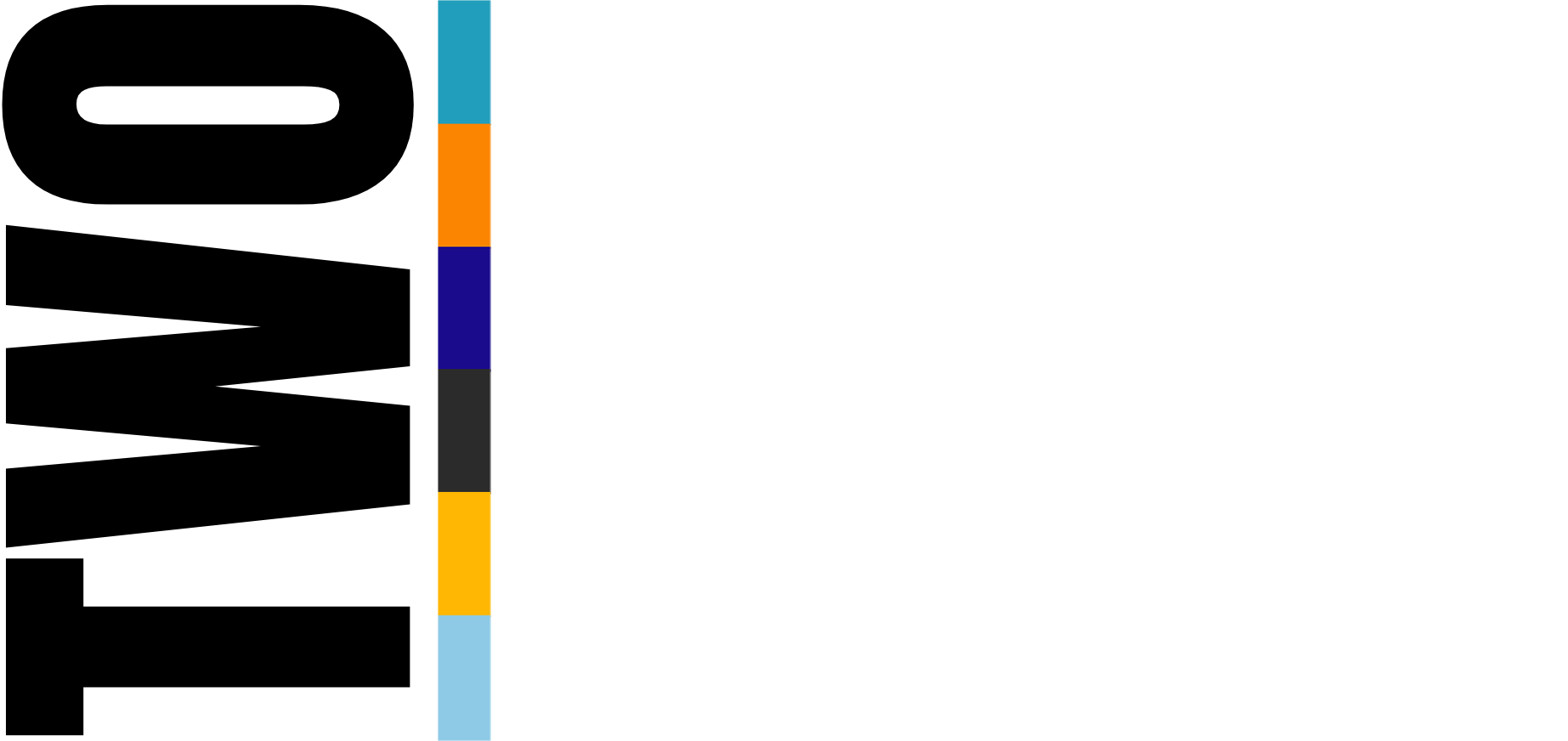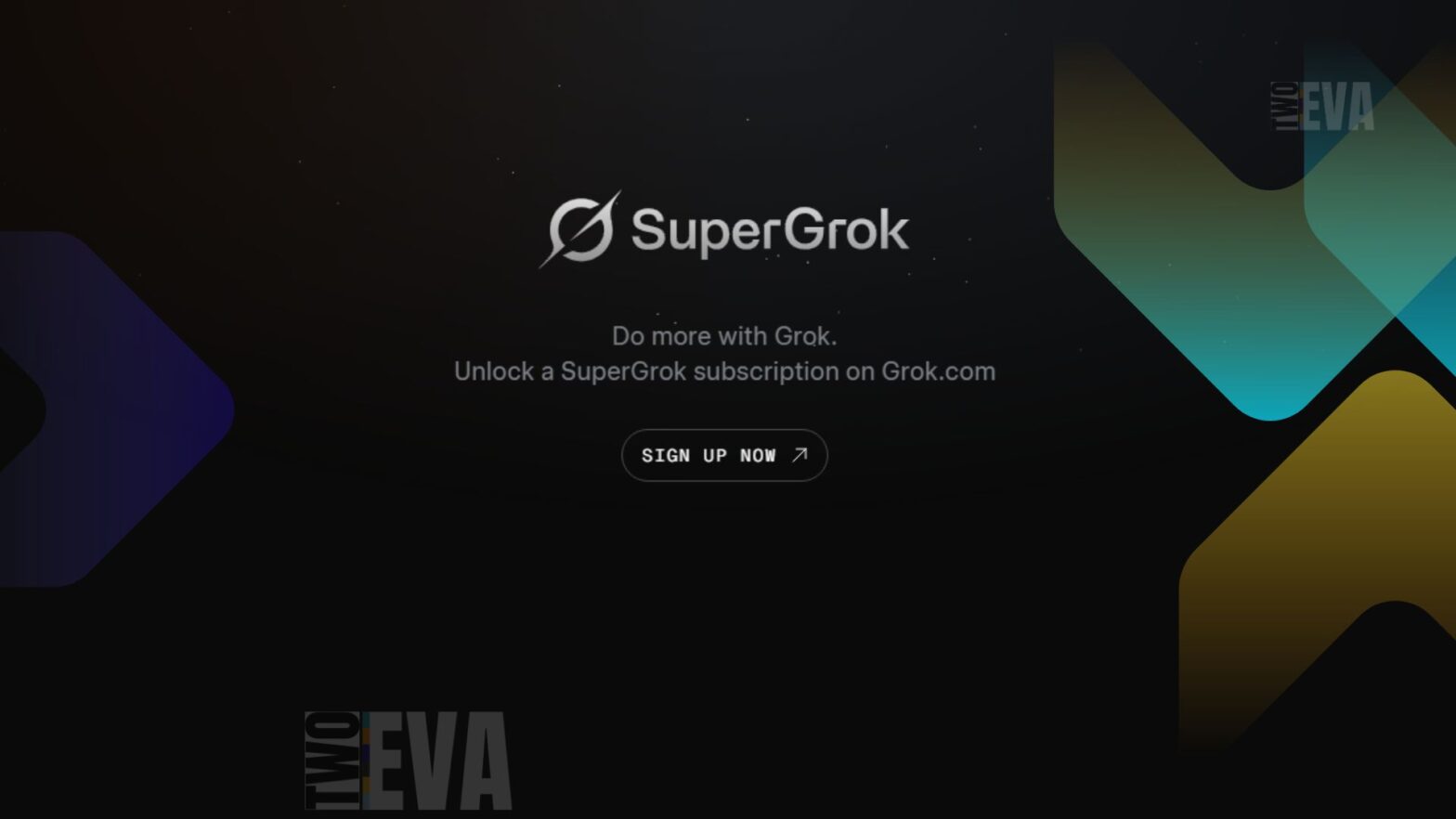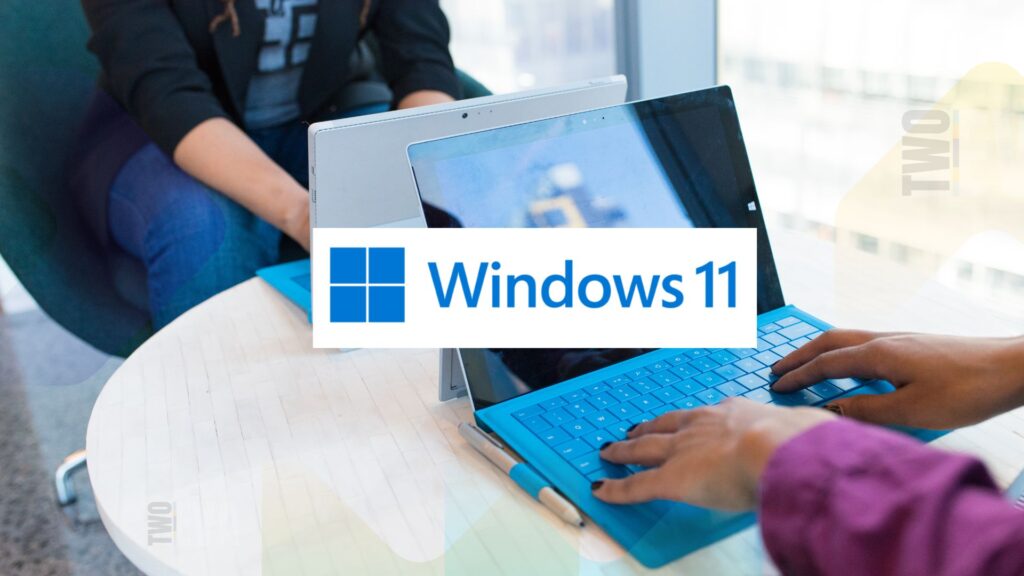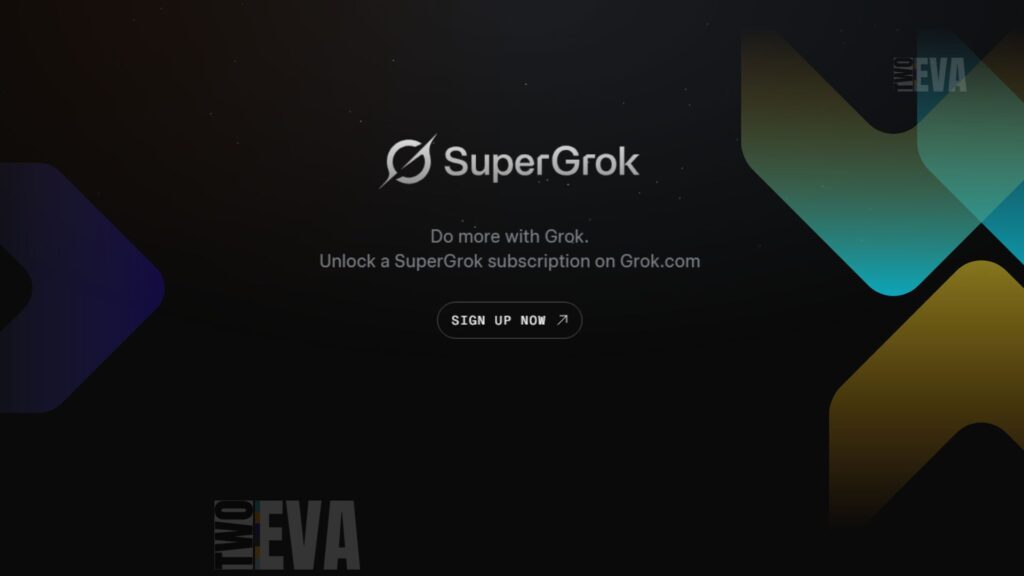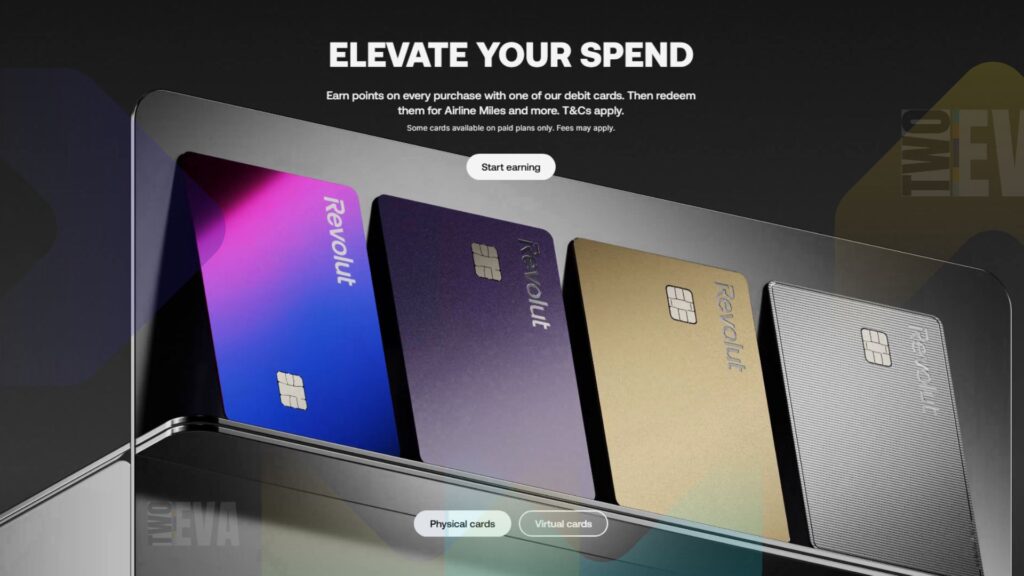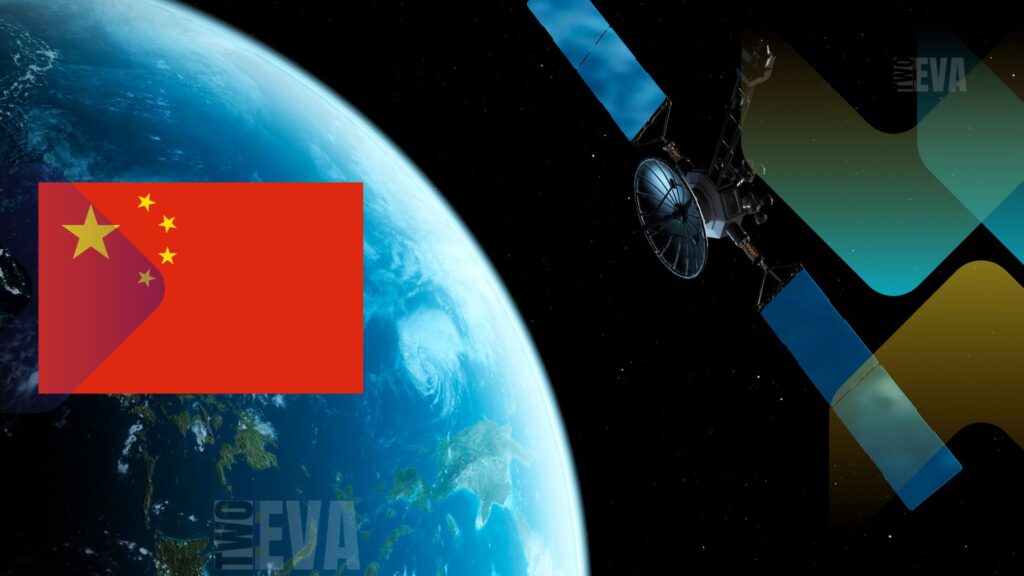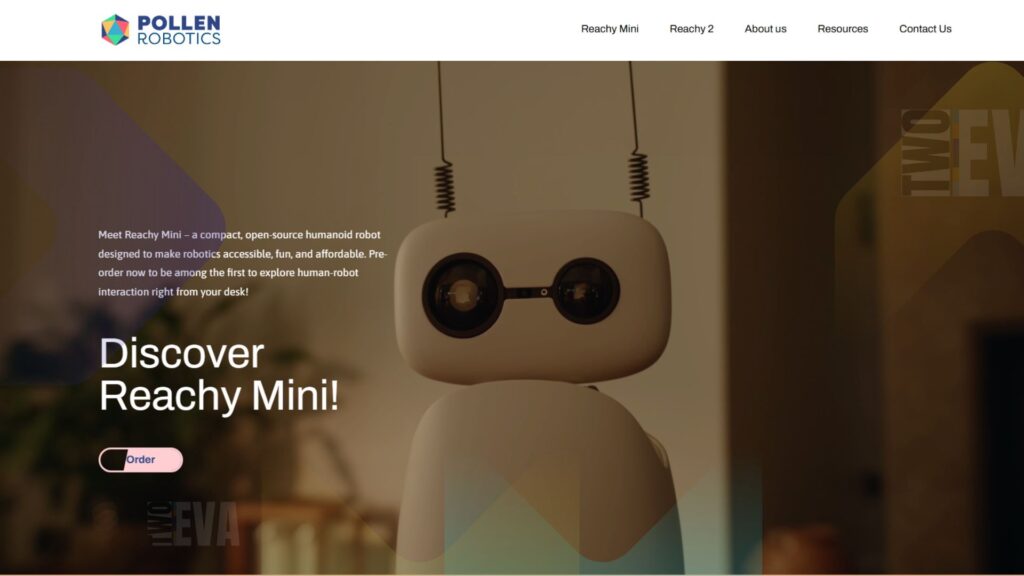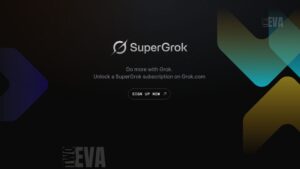Elon Musk’s AI startup xAI has launched Grok 4, positioning it as a rival to OpenAI’s upcoming GPT-5 and Google’s Gemini models. The company claims the new model offers “PhD-level smarts across all fields” and outperforms competitors on key benchmarks like Humanity’s Last Exam. Alongside the release, xAI introduced a $300-per-month “SuperGrok Heavy” subscription tier, targeting professionals and enterprises with early access to advanced features like multimodal outputs and multi-agent reasoning.
What Makes Grok 4 Stand Out?
Grok 4 marks a significant leap from its predecessors by utilizing what Musk describes as a “multi-agent” architecture—multiple AI models solving problems independently before collaboratively selecting the best answer. This approach, combined with 100 times more computing power than Grok 2, allows the model to achieve high accuracy in fields like advanced mathematics and physics.
- Real-time data integration: Grok 4 pulls from X (formerly Twitter) for up-to-date internet searches.
- Specialized versions: Includes Grok 4 Code for developers and Grok 4 Voice for natural speech synthesis.
- Multimodal capabilities: Processes text and images, a feature present in competitors like GPT-4 but newly emphasized by xAI.
Independent benchmarks show Grok 4 scoring 25.4% on Humanity’s Last Exam, ahead of Gemini 2.5 Pro (21.6%) and OpenAI’s O3 (21%). When equipped with external tools, Grok 4 Heavy reaches 44.4%, further widening the gap over Gemini’s 26.9%.
Why the $300 Subscription?
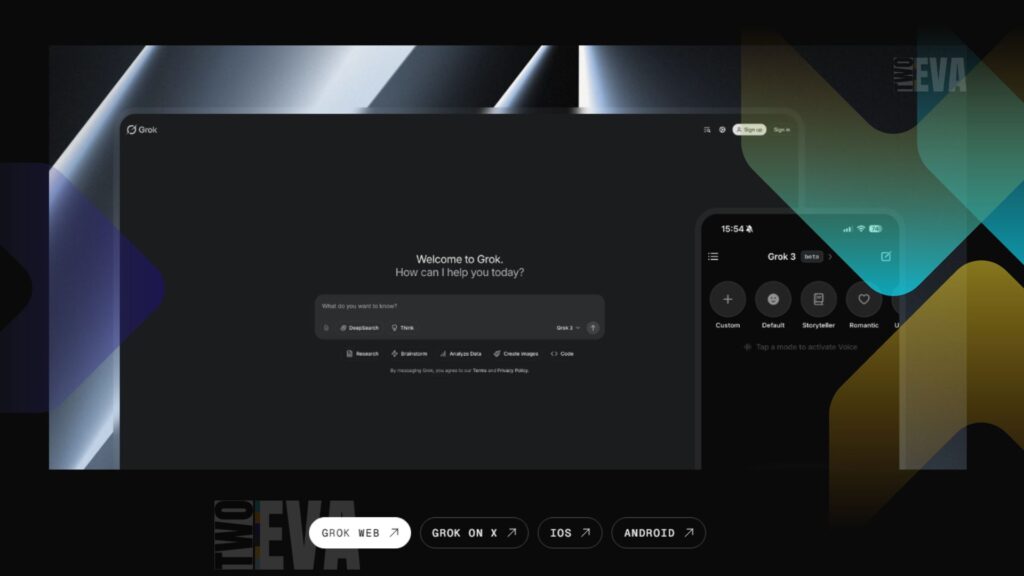
The premium “SuperGrok Heavy” tier is pitched at users needing cutting-edge AI for research or enterprise applications. Musk justifies the cost by citing the massive infrastructure behind Grok 4, including custom GPU clusters and reinforcement learning systems.
| Subscription Tier | Price | Features |
|---|---|---|
| Standard Grok | $30/month | Base Grok 4 access |
| SuperGrok Heavy | $300/month | Early access to Grok 4 Heavy, experimental tools |
Internal Challenges Amid Launch
The rollout comes amid executive shakeups at Musk’s companies. X CEO Linda Yaccarino resigned hours before Grok 4’s debut, and xAI Chief Scientist Igor Babuschkin departed earlier.
Musk sidestepped these issues during the launch, instead focusing on Grok 4’s capabilities. “It has not yet invented new technologies,” he admitted, “but that is just a matter of time.”
Expert Reactions
AI researchers acknowledge Grok 4’s technical strides but question real-world utility. xAI’s Tony Wu emphasized enhanced reasoning through reinforcement learning, while co-founder Jimmy Ba credited scaling up compute power—noting Grok 4 runs on 200,000 GPUs.
However, skepticism persists. Some experts argue top-tier benchmark performance doesn’t always translate to practical applications, a challenge even GPT-5 will face.
What’s Next?
xAI plans further upgrades, including a coding model (August), multimodal agent (September), and video generation (October). Whether enterprise clients will adopt Grok despite its controversies remains uncertain—but if benchmarks hold, OpenAI and Google may need to accelerate their own releases.
For now, Grok 4 asserts itself as a formidable contender in the AI arms race, combining academic prowess with aggressive commercialization. Whether that’s enough to dethrone GPT-5 awaits this summer’s showdown.
